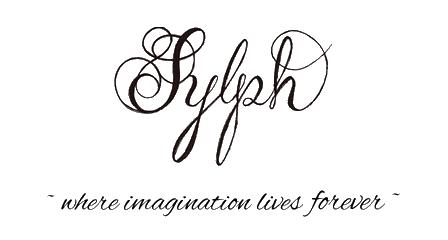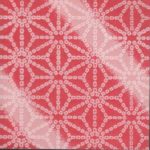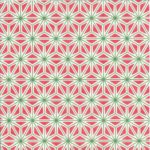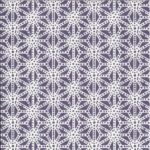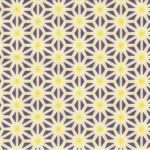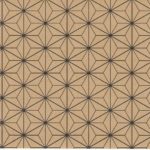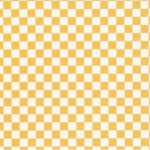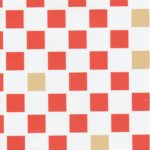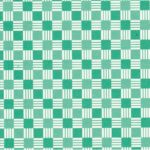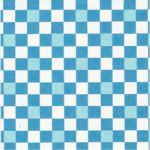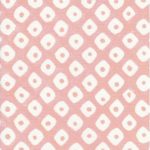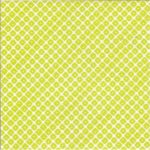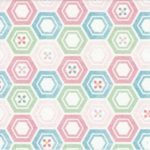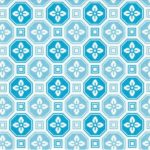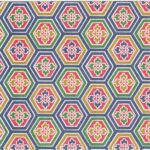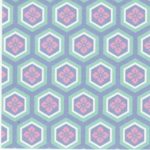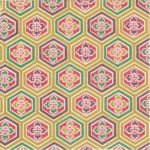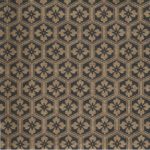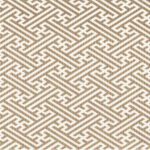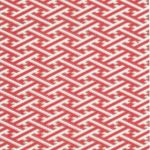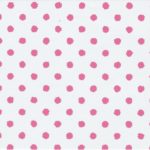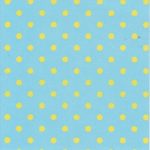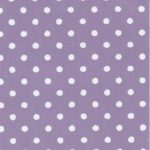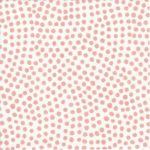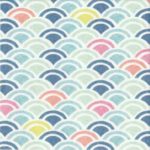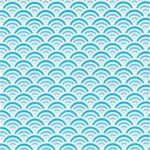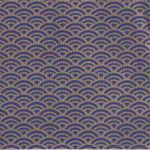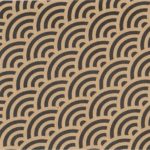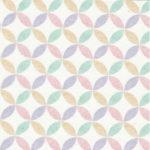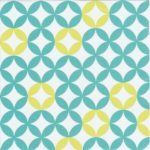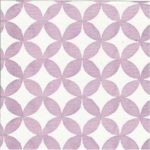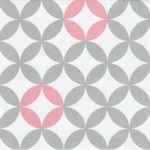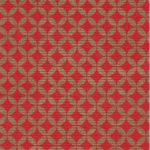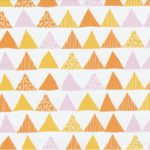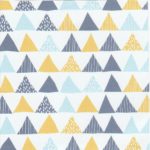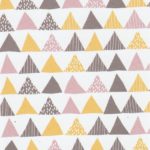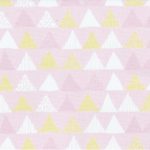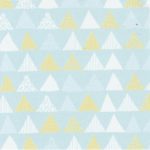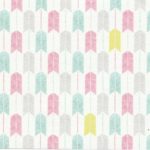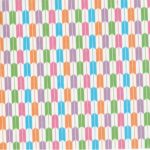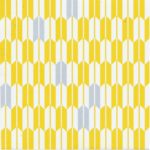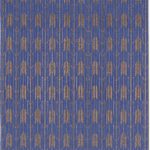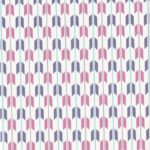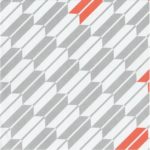* traditional Japanese designs, or wagara, are a type of pattern peculiar to Japan *
* these simplified beauty of nature originate from the middle of the Heian period (around the 9th to 10th century) and can be divided into two categories,
one is a geometric pattern derived from natural phenomena, and another based on the designs of animals and plants *
* most of the patterns we see today are produced after the Heian period, whereby they are heavily influenced by China and other countries *
* kindly take note that the placement of designs may change after folding, colour may alter after the treatment, and
the papers shown are larger sheets of paper before being measured and cut to their miniature versions *
* papers are available in limited quantity *
Asanoha
(Hemp Leaves)
Asanoha depicts a geometric pattern representing hemp leaves. Hemp has strong vitality and grows vigorously without the need for a lot of care, so this pattern was often used on babies’ and children’s kimonos with the hope that they would grow up big and strong
This pattern started emerging from the Heian period (794-1185). We can see these patterns on the decoration of the Buddhist statue, which had been created around that time as well
Ichimatsu
(Checker)
A universal pattern seen everywhere around the world and better known as the checker pattern as it is similar to a chessboard. This pattern has different coloured squares arranged alternately and is similar to a gingham pattern. While it has been a common woven pattern since ancient times, it became known as Ichimatsu in the 18th century as the kabuki actor Sanogawa Ichimatsu liked to use it on his hakama
It is also featured in the logos for the 2020 Tokyo Olympic and Paralympic Games
Kikkō
(Tortoise shell)
This is an auspicious pattern derived from the shape of the tortoise shell (hexagon), which represents longevity. This pattern was brought from the Eastern Asia, through China to Japan
Simple tessellation of hexagons leads to a wide number of variations, including Kikkō hanabishi, where the center of the hexagons form flowers, and Bishamon kikkō, created by joining three hexagons together.It comes from the pattern of the armor of Bishamonten, Buddhism god Vaiśravaṇa, which has been admired for its war victory
Kōjitsunagi
(Interlaced Kō Characters)
This pattern is named for the repeated use of the 工 (kō) character. The way the interlocking characters seem to stretch into infinity is associated with good fortune, and the design is often used in kimono material
Mameshibori
(Pea Tie-dye)
This was the most popular pattern on hand towels in the Edo period. Mame is a play on words, meaning both peas/beans, as well as sturdy and healthy, so it represents the hope of staying in sound health
Most mameshibori pattern these days are created using stencil dyeing or printing techniques, so the dots are regular. However, as the name shibori indicates, this pattern was originally handmade using a tie-dyeing technique, meaning the dots were once a more irregular shaped
Seigaiha
(Blue Ocean Waves)
This pattern represents fan-shaped waves of the open sea. It symbolizes the desire for continued peaceful living, like the tranquil waves. The name originates from the gagaku ancient court dance called Seigaiha, in which the dancers wear costumes with this pattern. There is a scene in The Tale of Genji where Genji dances the Seigaiha
This pattern has been used in Egypt, Persia (Iraq), and around the world. It is considered a symbol of peace, good luck, and good fortune. Originally, this pattern was meant for young women
Shippō
(Seven Treasures)
Circles overlapping in quarters resemble petals and each centre forms a shining star. This pattern is regarded as auspicious for the prosperity of descendants, good relationships, and for bringing harmony
Shippō, or seven treasures in Japanese, has a meaning of the unending chain of expansion of harmony and peace. The seven treasures in Buddhism are gold, silver, lapis lazuli, agate, crystal, and Tridacna
Uroko
(Scales)
Resembling the scales of a snake or a fish by combining triangles, this pattern has been used as a talisman to ward off bad luck since it is associated to shedding of skin. Samurai would wear clothing with this pattern to protect themselves from harm
Yagasuri
(Arrow Feathers)
Fletching arrow feathers or Yabane or Yagasuri design is based on hawk, eagle, and other bird feathers used in arrows. With their symbolism of aiming for a target, arrows have long been used as an auspicious pattern. The design of is pretty sharp, but some presents itself as blurred arrows to give an impression of softness. It is popular for its straightforwardness and grace
Once shot, arrows do not return, Edo period (1603–1868) brides were given kimonos featuring this pattern for good luck to ensure they would not need to return to their original family home
